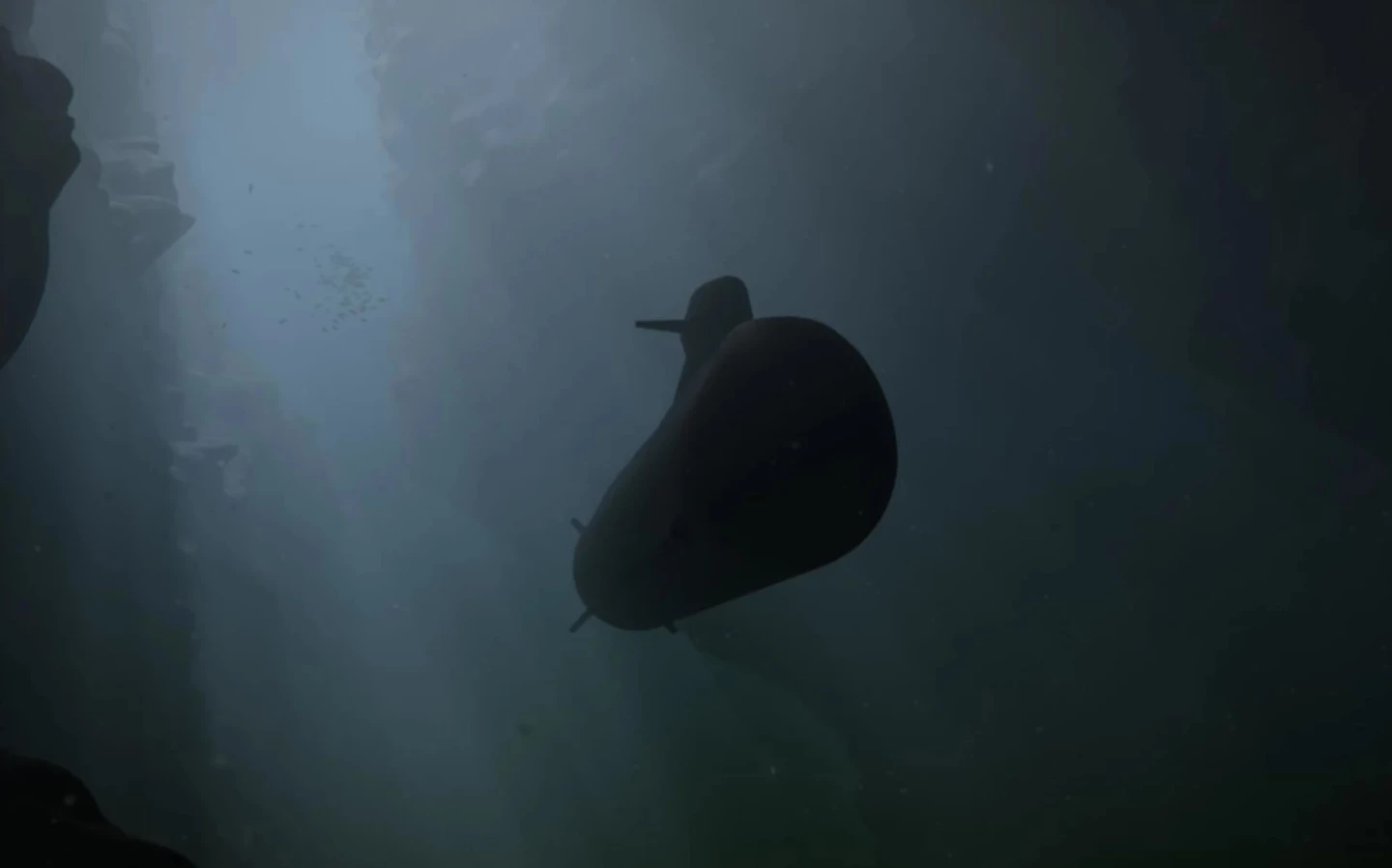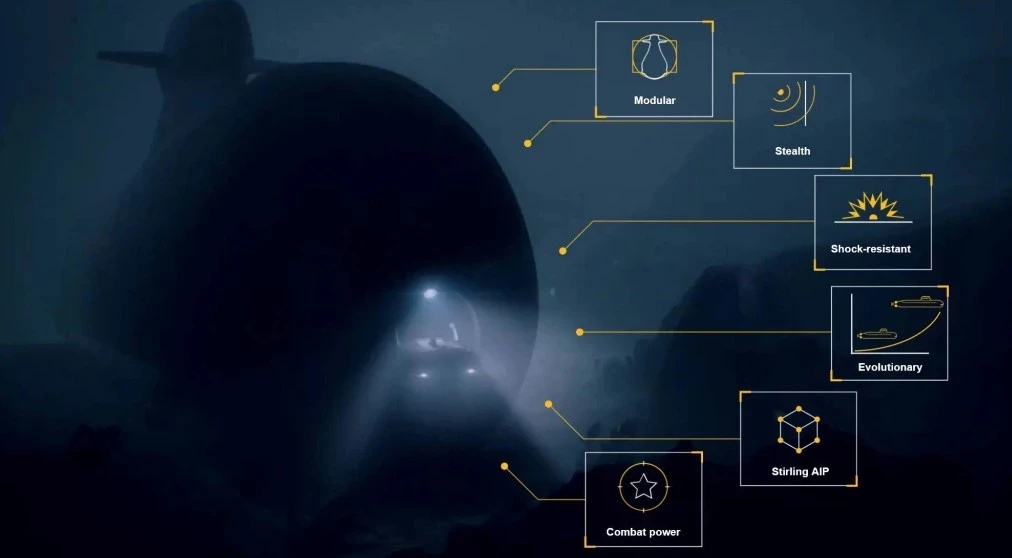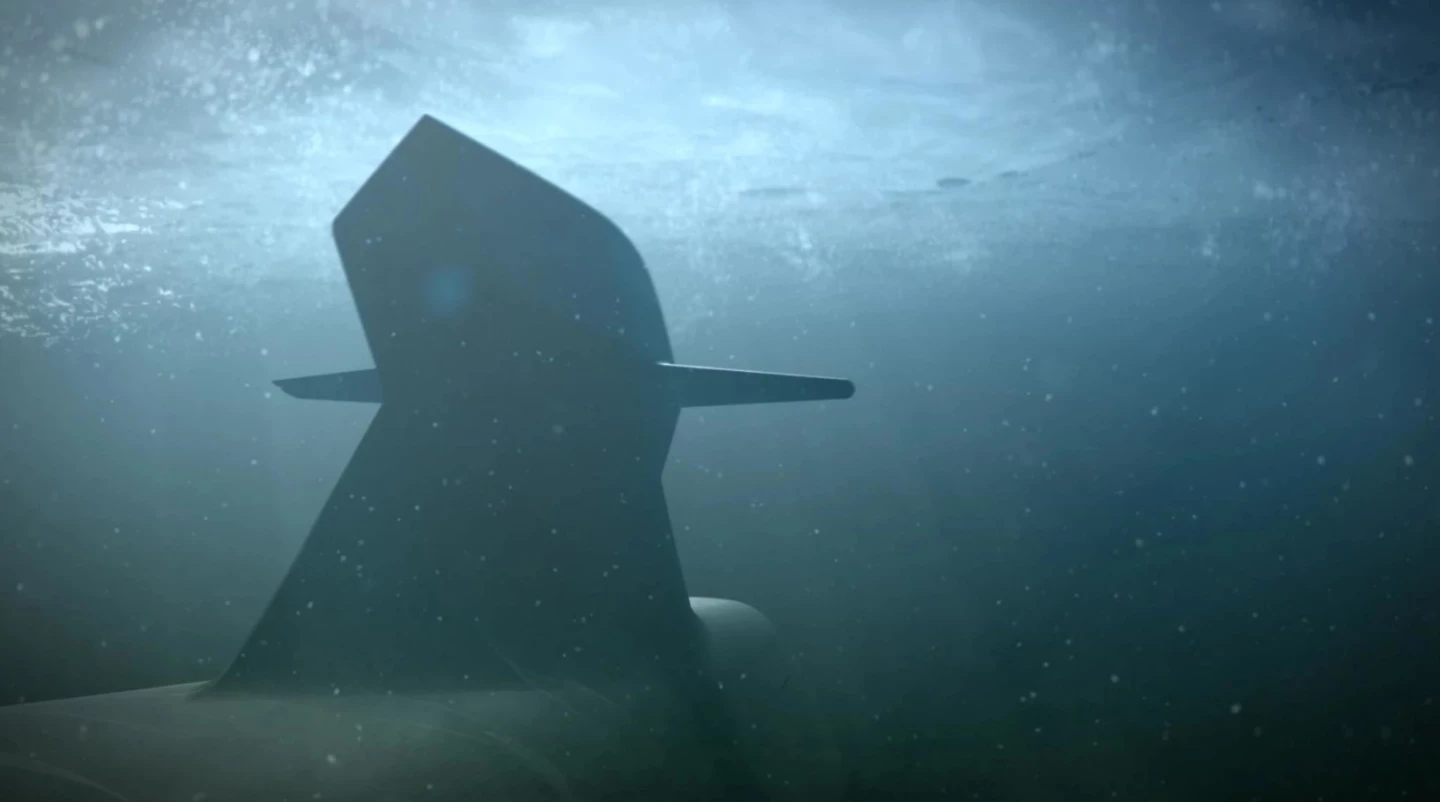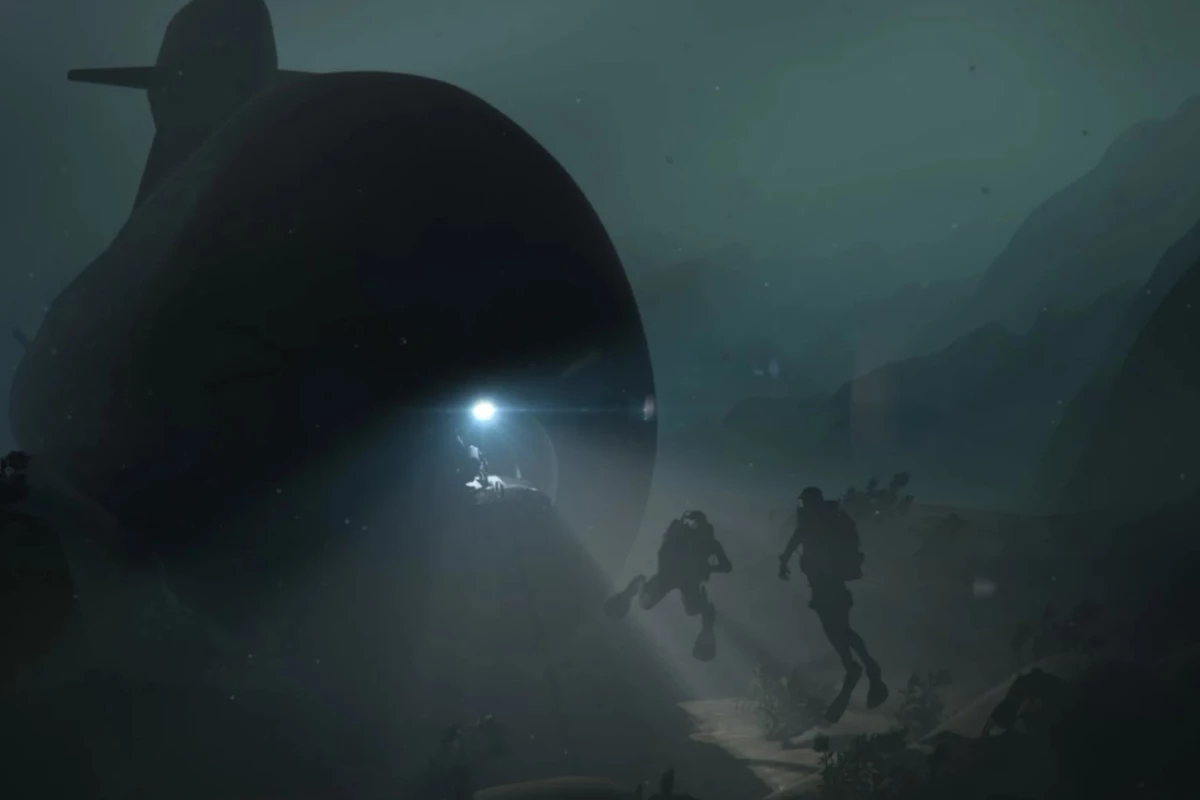Normally, Sweden building its first new class of submarines in 30 years wouldn't be of as much interest, but Saab laying the keel of its first Blekinge-class (A26) boat on June 30 as Sweden waits to join NATO signals a shift in the balance of power in the Baltic Sea.
For a country with a submarine fleet numbering a grand total of five, Sweden is surprisingly innovative when it comes to underwater warfare and has a reputation for producing highly advanced submarine designs on a regular basis.
During the Second World War, officially Sweden found itself caught between Nazi Germany and the Soviet Union, and took its policy of armed neutrality very seriously as the Cold War arrived in the 1940s. The country quickly adapted highly advanced ideas for submarines from the Germans and the British, including sound dampening pads, anti-acoustic tiles, and sonar- and radar-absorbing materials.

Along with copying American submarine hull designs like the tuna fish-like Skipjack and the cylindrical cross sections in later years, the Swedish government even "acquired" a German submarine at the end of the war and gathered a lot of information about it before they were asked to give it back.
By the 1960s, Swedish engineers were so far advanced that they were designing a small, short-range nuclear submarine for use in the Baltic Sea. Though this was never built, many features made their way into conventional submarines.
In addition, Sweden developed Air-Independent Propulsion (AIP) systems, including a Stirling engine that can run on any available heat source, such as burning diesel fuel and liquid oxygen, that allows conventional submarines to be submerged for weeks at a time. This was first installed in the Gotland-class submarines in the 1990s and The Royal Swedish Navy converted its Vastergotland-class boats, now called the Sodermanland-class, beginning in 2003 – an effort that required cutting the boats in two and lengthening them by 40 ft (12 m).
The result of all this was a very small, but very effective submarine fleet capable of feats – such as when the submarine Gotland famously "sunk" the nuclear aircraft carrier USS Ronald Reagan in 2005 several times during maneuvers without the Reagan even being aware of its presence.

However, all of this innovation was essentially put on hold after the collapse of the Soviet Union in 1991. This event marked a major shift for Sweden, which had been a major flashpoint of the Cold War throughout the 1980s.
Before the '80s, like many maritime nations, Sweden had reports of submarines illegally entering its waters one or two times a year. Then, in the 1980s, there was an explosion of reports, with as many as 63 reported and confirmed violations in one year. The most sensational was the Whisky on the Rocks on September 30, 1982, when a Whisky-class Soviet submarine ran aground six miles (10 km) off the coast of the Karlskrona naval base.
To make a long story short, the result was a major international incident that ended with the Swedish government demanding and receiving an apology from the USSR and being allowed to inspect the boat, its navigational equipment and records that proved that the skipper had not wandered into the area by accident as had been originally claimed.

These submarine sightings by the Royal Swedish Navy and others weren't played very hard in the Western press and the general view of the public was that the whole thing was on the level of UFO sightings or some sort of conspiracy theory.
Then, in 1990, the RAND Corporation produced a white paper for the US Air Force examining the decade of submarine contacts. The study showed a consistent pattern of Soviet intrusions, including incidents that involved multiple submarines, mini-subs, tracked subs rolling on the seabed, and the release of combat divers.
Worse, the paper indicated that sightings concentrated around strategically sensitive areas, including mine lines, submarine nets, and naval ports, and some incidents suggested coordination with agents ashore, possibly in line with a Soviet strategy of eliminating key Swedish military personnel in their homes in the event of war.

The Royal Swedish Navy took these incidents very seriously, changing the rules to allow local commanders to engage with suspected submarines and force them to the surface. In addition, the Navy contracted for the development of three new undersea devices. These were a limpet device to attach to a submarine hull and track it, a depth charge designed to make a small hole in a sub hull and force it to the surface, and a special torpedo warhead that was too small to destroy a submarine, but large enough to disable its propeller and control surfaces.
The question was, why was the Soviet Navy doing this even while the USSR was trying to improve its image in the West while undergoing four changes in leadership in less than three years?
The short answer is that, though Sweden was officially neutral, neutrality can have many meanings. In the case of its relations with the Warsaw Pact, the USSR feared that Sweden was leaning toward the West and would support NATO if fighting broke out. According to RAND, the general strategy was that the Soviets were hoping to not only probe Sweden's defenses, but to soften the government up so it would either not interfere or would accommodate Moscow if the Warsaw Pact began an all-out offensive against NATO.
Enter the Blekinge
The world of 2022 is very different, but the current geopolitical situation and breakup of the international consensus that has been in place since 1992, and even 1945, has produced an eerie echo of the Cold War. Russia's invasion of Ukraine has raised the specter of armed conflict with the West, and the prospect of Finland and Sweden joining NATO raises the stakes in the Baltic beyond those of the 1980s.
This will be more than just gaining formal membership in the alliance. It will also require Sweden to integrate its forces into NATO command and control while training with other NATO countries. It will also mean that Sweden will be supporting a more aggressive foreign policy than a neutral one, posing Russia with the unpleasant prospect of the Baltic becoming a NATO lake at a time when Russian President Vladimir Putin has declared the United States Navy Russia's greatest threat.
The Baltic Sea has been the focus of major power struggles going back centuries, but it also poses its own challenges. It not only ices over in the winter, it's also a sea that is one big littoral combat zone, with shallow waters, complex coastlines, and a sea bottom that makes it not only very difficult to use sonar, but is completely unsuited for nuclear submarines.
In this context, the new Blekinge-class submarine is a true game changer. Compared to diesel boats, the diesel-electric and Stirling AIP Blekinge is very quiet, has a relatively long range, and boasts many advanced capabilities. Equally important, Saab is offering the submarine in three different sizes for the export market, from small boats for short-range navies to large boats for navies that need to operate in blue water theaters like the Pacific Ocean.
The Royal Swedish Navy is opting for two of the medium-sized boats, which have much greater capabilities than the current fleet and will be able to operate farther from home – even in the Atlantic Ocean – but are still suited to the narrows of the Baltic.
In its present configuration, the medium sized Blekinge-class will be about 217 ft (66 m) long and displace 2,000 tonnes. These will not only be used for countering Soviet warships with torpedoes and missiles, but also intelligence, surveillance and reconnaissance by controlling drone submarines that will use active sonar while the Blekinge stays hidden. In addition, the boat will be a multi-mission portal for deploying special forces.
Given Russia's economic weakness, losses in Ukraine, and the lack of success in its invasion, it's extremely unlikely that a Cold-War-style offensive in the Baltic region is on the cards, but Sweden and Finland dumping neutrality for NATO membership has put the cat amongst the pigeons and there is always the possibility of some sort of retaliation on the part of Moscow.
In addition, Russia is nervous about the Kola Peninsula, which is central to Russia's defenses. This Russian Arctic region controls the country's navy, and especially submarines, access to the Arctic Ocean, and is key to the country's missile warning system against nuclear attacks. Protecting this will require Russia to devote more resources at the very least to guard its assets against NATO action.
The more advanced Blekinge submarine being more capable of acting in the Baltic than British or American boats will complicate Russian anti-submarine warfare and give Moscow major headaches as it tries to balance its strategic interests.
Whether the Blekinge-class will act as a deterrent against future Russian aggression, draw away Russian resources from Ukraine and shorten that war, or just throw gasoline on a geopolitical fire is something only time will tell.







